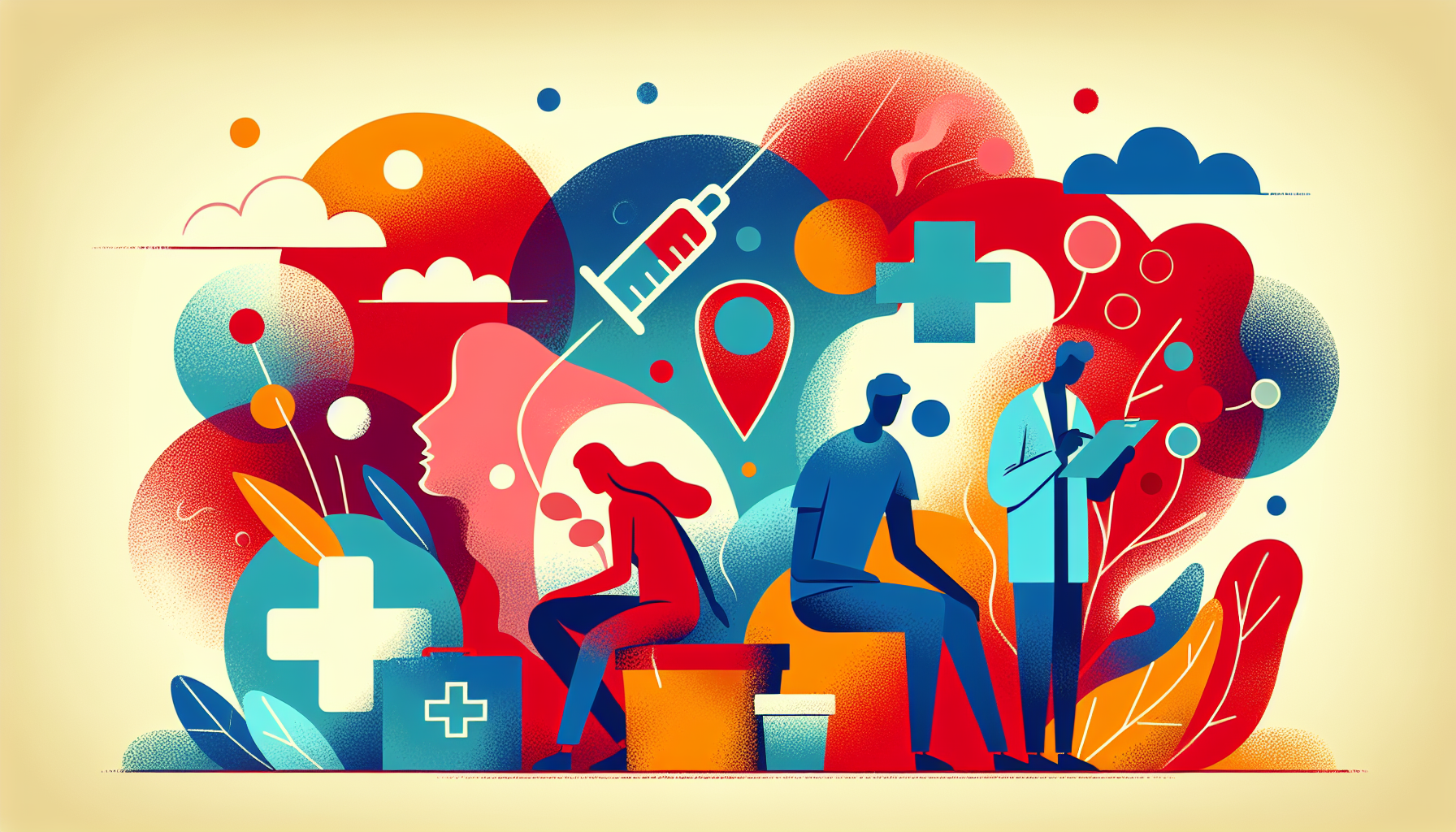Does Gabapentin Help with Sciatica?
Sciatica can cause sharp pain that shoots down your leg, making simple tasks hard. Many people wonder if gabapentin, a common medication, can ease this pain. This article [...]
Read More
Medically reviewed by Abhijit Bhattacharyya | MD, PhD, MBA, Tufts University School of Medicine - Miami, Florida on December 23rd, 2023.
Blisters are painful, fluid-filled pockets that form on the skin due to various reasons. Whether caused by ill-fitting shoes or contact with a hot surface, blisters can be uncomfortable and disruptive to daily life. In this article, we'll explore the common causes of blisters, how to treat them at home, and when it's necessary to consult a doctor.
Blisters can develop on the skin for several reasons, including:
Friction: Rubbing from tools, shoes, or other objects can cause blisters to form.
Burns: Exposure to flames, steam, hot surfaces, or severe sunburn can result in blisters.
Cold: Extremely low temperatures, such as those used to freeze off warts, can lead to blister formation.
Irritants or allergens: Contact with certain chemicals, cosmetics, or plant allergens may cause blistering, a condition known as irritant or allergic contact dermatitis.
Drug reactions: Some medications can trigger blister formation as a side effect.
Autoimmune diseases: Conditions like pemphigus vulgaris, bullous pemphigoid, and dermatitis herpetiformis can cause blisters due to immune system dysfunction.
Infections: Viral infections such as chickenpox, cold sores, and shingles, as well as bacterial infections like impetigo, can cause blistering.
Genetic disorders: Rare genetic diseases may result in fragile skin that is prone to blistering.

Most blisters heal on their own within 1-2 weeks. To promote healing and prevent further irritation, follow these steps:
Avoid the activity that caused the blister.
Cover the blister with a bandage to protect it while it heals.
Use padding underneath the bandage to prevent the blister from rubbing against shoes or clothing.
If the blister is large and painful, you may choose to drain it using a sterilized needle. Pierce the edge of the blister, then clean the area with rubbing alcohol and apply an antibiotic ointment before covering it with a bandage.
While most blisters heal without complications, it's essential to monitor them for signs of infection. Contact your doctor if you experience:
Increased pain
Pus drainage
Swelling
Redness
If you suspect your blisters are caused by a medication or an underlying health condition, consult your doctor for proper diagnosis and treatment. They can help identify the root cause and recommend the most appropriate course of action.
By understanding the common causes of blisters and knowing how to treat them effectively, you can minimize discomfort and promote healing. Remember to seek medical attention if you notice signs of infection or if your blisters are caused by a more serious underlying condition.
For more information on blister prevention and care, visit:
Sciatica can cause sharp pain that shoots down your leg, making simple tasks hard. Many people wonder if gabapentin, a common medication, can ease this pain. This article [...]
Read MoreBack pain is one of the most common health complaints, affecting millions of people worldwide. If you have back pain, you might have heard about gabapentin as a possible [...]
Read MoreIf you take gabapentin, you might wonder if it will show up on a drug test. This question matters for many people, whether it’s for work, sports, or legal reasons. Gabapentin [...]
Read More